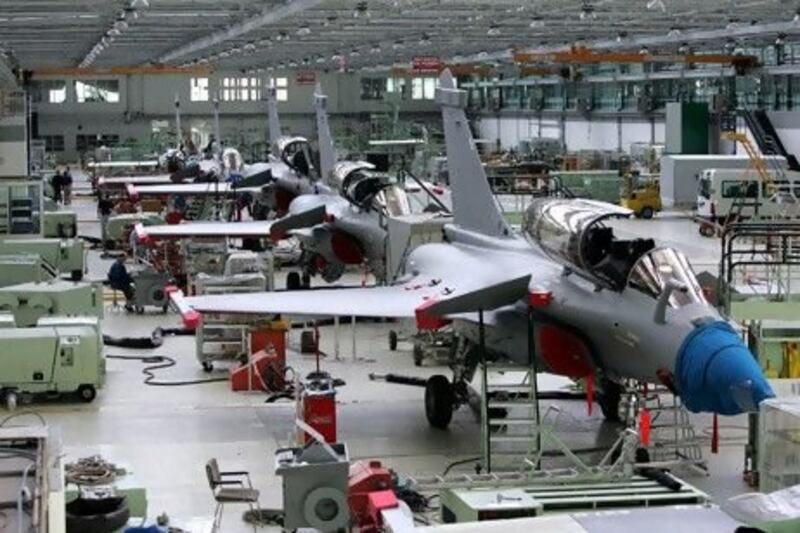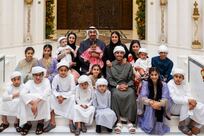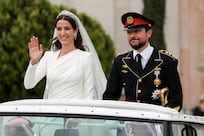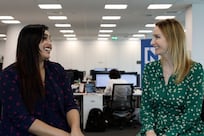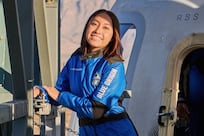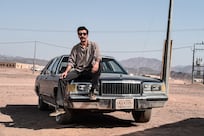France may be smaller than the US state of Texas but in the world of aerospace and defence it is a giant.
It trails only the US in supplying arms to the Gulf, accounting for 35 per cent of purchases between 2005 and 2009 by the UAE, and 21 per cent of all defence sales in the region during the same period.
A major reason France punches above its weight in the defence sector is Dassault Aviation, which will be a major exhibitor at next week's International Defence Exhibition and Conference (IDEX) in Abu Dhabi, the region's largest defence expo.
The company's IDEX stand will be its largest and features scale models of its new aircraft as well as jet engines and missiles, said Patrick Genty, Dassault's senior representative in the UAE and a former French air force pilot who trained UAE Air Force cadets to fly Mirage jets in late 1980s and early 1990s.
Exhibiting at IDEX underscores how Dassault is "committed to the UAE and to our customer", he says.
Long before the major US defence companies began selling to the UAE, Dassault was the leading supplier of fighter jets. It began supplying its Mirage fighters to the Emirates in 1974, a time when Abu Dhabi's streets were unpaved, the UAE capital had its own flag - red and white - and its own air force.
Since then, the company has supplied the Emirates with about 100 fighter jets, spread across several generations of its Mirage family, which has been hugely successful since it was launched in the mid-1950s.
The UAE contracts also paved the way for other French companies to move into the region and sell related equipment such as aircraft engines, avionics and munitions, as well as other defence capabilities including battle tanks.
Dassault remains a key player in the UAE and since 2008 it has been negotiating a proposed deal to sell the country its latest jet, the Rafale, in a 60-aircraft deal worth up to €8 billion (Dh39.72bn), in what would be the first foreign sale of the Rafale.
The six GCC states "are old and loyal customers of French armaments" and as such comprise one of the most important markets for French aerospace and defence products, says Alain Ruello, a journalist with Les Echos newspaper, based in Paris. "For Dassault and its partners and France, this Rafale deal is of very great importance."
The origins of Dassault's Gulf success story date as far back to the reconstruction of post-Second World War France in the 1940s, says Pierre Pacalon, a retired French general who is now an adviser for Dassault Aviation and is based in Abu Dhabi.
After 1945, France set about developing its own defence manufacturers that were not dependent on other European powers or the US. As a result, the government selected companies as "national champions" to receive state aid and contracts. Dassault was chosen as a top military aircraft maker.
"President Charles de Gaulle said the country needed to be an independent military power," Mr Pacalon says.
"That is the reason we developed in France aeroplane makers, electronics makers and engines. It was to become fully autonomous."
Dassault experimented with dozens of prototypes before settling on the Mirage's delta wing, in which there is no tail and the wing forms a triangle.
The Mirage's early export success and its performance in conflicts during the 1960s and 1970s raised Dassault's profile.
In the early 1970s, Abu Dhabi acquired 36 Mirage IIIs and later upgraded them to the Mirage 5 standard. Despite the testing flying characteristics of the delta-wing aircraft, the UAE pilots mastered control of the planes, Mr Pacalon says, including the extremely difficult technique of landing at 350kph with the jet's nose up.
The UAE followed the deal up with a similar order in 1983 for the Mirage 2000, and finally a third major order for Mirage aircraft in 1998 for an upgraded version, the Mirage 2000-9. That order totalled 62 aircraft, with 32 new planes and 30 of the UAE's older Mirage 2000s revamped.
Mr Genty says he is "optimistic and confident" of a sale of the Rafale to the UAE.
Still, a deal is by no means assured, Mr Ruello says, and the UAE is not in urgent need of new jets with its still-young Mirage 2000-9s and almost 80 US-made F-16s.
"For the UAE to buy Rafale, one condition to the deal is to find a buyer for the UAE's 60 or so Mirage 2000-9 which are very advanced planes," he says. The Emirates does not plan to sell the Mirage jets before 2015, "so the UAE are not in a hurry to move from Mirage to Rafale", Mr Ruello adds.
But with Dassault now entering its fifth decade of working in the UAE, a few years may not present a problem for the company. "This kind of relationship takes time," says Mr Pacalon.
